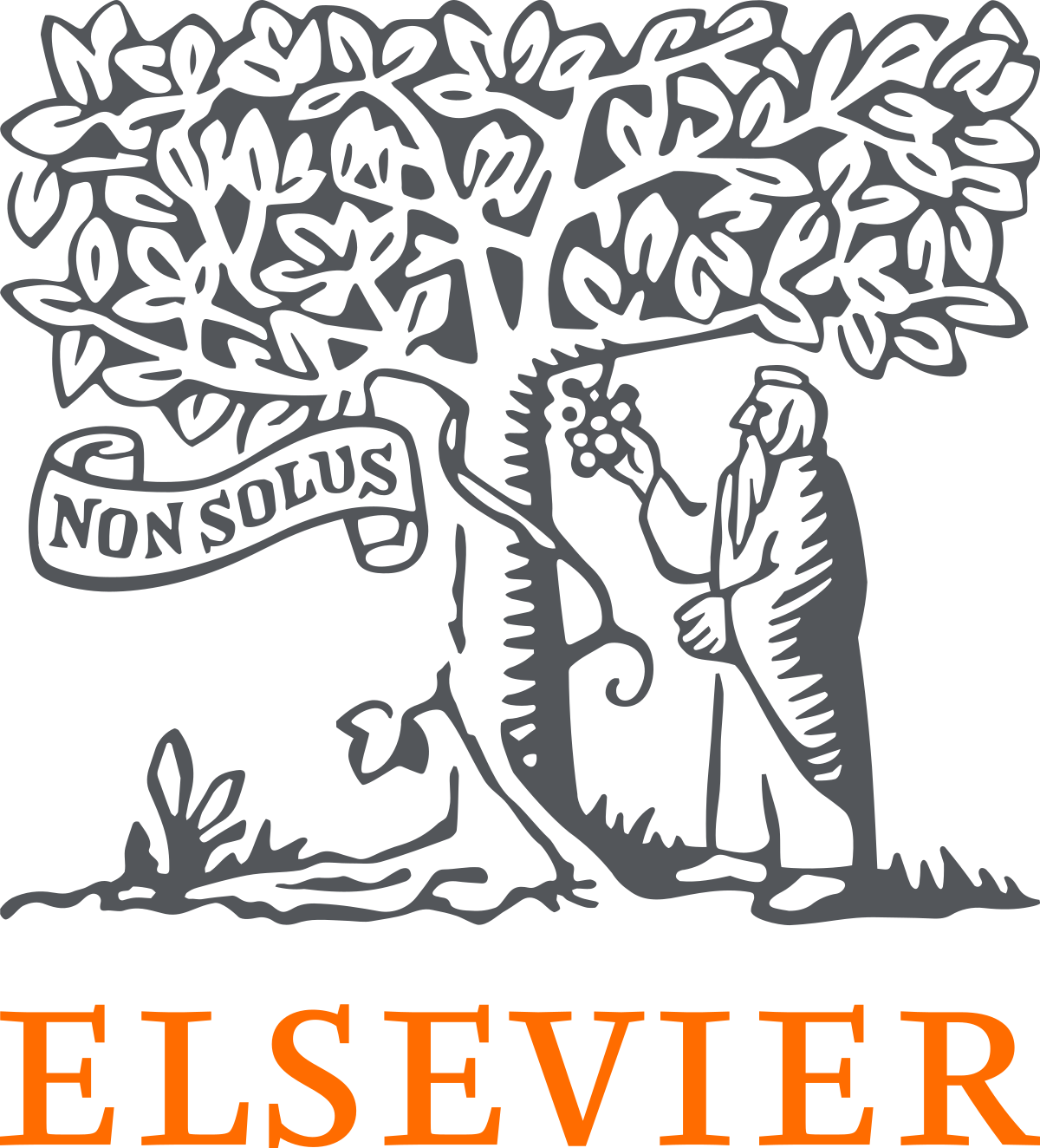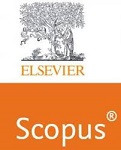Biometric System Survey of Safety and Confidentiality Issues
Keywords:
intruders, biometric, protocols, identification, cryptographyAbstract
A biometric system is a futuristic system that uses the data about the solitary, previously kept in the record, to identify the difference. Biometric systems are increasingly accepted since they provide security and privacy to the data so that no one can misuse the data. But still, the system is not entirely secure because the pattern can be recognized by a third party with the help of the remote application, like response attacks or realistic detection over the Internet to access the biometric data. This paper presents a survey of security and privacy issues in the biometric system and discusses the various case studies, such as E-passport and, identification, followed by the dangers and problems. So, in this paper, it's mainly concluded that there need to be a few strategies or protocols that might be primarily based totally on sign processing and the cryptography mechanism that might protect the biometric data from intruders. This paper presents a survey of security and privacy issues on the biometric system and discusses the various case studies such as E-passport and Aadhaar identification, followed by the dangers and problems. So, in this paper, it's mainly concluded that there should be a few strategies or protocols that might be primarily based totally on sign processing and the cryptography mechanism that might protect the biometric data from intruders.
Downloads
References
Jain, A. K., Ross, A., & Prabhakar, S. (2004). An introduction to biometric recognition. IEEE Transactions on Circuits and Systems for Video Technology, 14(1), 4–20. https://doi.org/10.1109/TCSVT.2003.818349.
Liu, S., & Silverman, M. (2001). Practical guide to biometric security technology. IT Professional, 3(1), 27–32. https://doi.org/10.1109/6294.899930.
Bolle, R. M. (2001). Enhancing security. IBM Systems, 40(3), 614–634. https://doi.org/10.1147/sj.403.0614.
Prabhakar, S., Pankanti, S., & Jain, A. K. (2003). Biometric recognition: Security and privacy concerns. IEEE Security & Privacy Magazine, 1(2), 33–42. https://doi.org/10.1109/MSECP.2003.1193209.
Juels, A., Molnar, D., & Wagner, D. (2005). Security and privacy issues in E-passports. Security and privacy for emerging areas in communications networks, 2005. In SecureComm 2005. First International Conference on (pp. 74–88). https://doi.org/10.1109/securecomm.2005.59
Faundez-Zanuy, M. (2006). Biometric security technology. IEEE Aerospace and Electronic Systems Magazine, 21(6), 15–26. https://doi.org/10.1109/MAES.2006.1662038.
Lai, L., Ho, S. W., & Poor, H. V. (2011). Privacy–Security trade-offs in biometric security systems—Part I: Single use case. IEEE Transactions on Information Forensics and Security, 6(1), 122–139. https://doi.org/10.1109/TIFS.2010.2098872.
Huang, X., Xiang, Y., Chonka, A., Zhou, J., & Deng, R. H. (2011). A generic framework for three-factor authentication: Preserving security and privacy in distributed systems. IEEE Transactions on Parallel and Distributed Systems, 22(8), 1390–1397. https://doi.org/10.1109/TPDS.2010.206.
Meng, W., Wong, D. S., Furnell, S., & Zhou, J. (2015). Surveying the development of biometric user authentication on mobile phones. IEEE Communications Surveys and Tutorials, 17(3), 1268–1293. https://doi.org/10.1109/COMST.2014.2386915.
Natgunanathan, I., Mehmood, A., Xiang, Y., Beliakov, G., & Yearwood, J. (2016). Protection of privacy in biometric data. IEEE Access, 4, 880–892. https://doi.org/10.1109/ACCESS.2016.2535120
Memon, N. (2017). How biometric authentication poses new challenges to our secu- rity and privacy [in the spotlight]. IEEE Signal Processing Magazine, 34(4), 194–196. https://doi.org/10.1109/MSP.2017.2697179.
Kumar, T., Braeken, A., Liyanage, M., & Ylianttila, M. (2017). Identity privacy preserving biometric based authentication scheme for Naked healthcare environment. IEEE International Conference on Communications. https://doi.org/10.1109/ICC.2017.7996966.
Jaronde, P. W., Muratkar, N. A., Bhoyar, P. P., Gaikwad, S. J., & Nagrale, R. B. (2018). Review on biometric security system for newborn baby. International Journal of Scientific Research in Science and Technology, 4(2), 907–909.
Osadchy, M., & Dunkelman, O. (2018). It is all in the system’s parameters: Privacy and security issues in transforming biometric raw data into binary strings. IEEE Transactions Depend-able and SecureComputing,5971(c),1–10. https://doi.org/10.1109/TDSC.2018.2804949.
Srivastava, S., Agarwal, N., & Agarwal, R. (2013). Authenticating Indian E-health system through “Aadhaar” A unique identification. International Journal of Scientific & Engineering Research, 4(6), 2412–2416.
Kataria, A. N., Sharma, A. K., & Zaveri, T. H. (2013). A survey of automated biometric authentication techniques (pp. 1–6).
Hemalatha, T., Krishna, D., Krishna, K. B., & Subhramanyam, V. B. (2014). Aadhar based electronic voting system and providing authentication. International Journal of Engineering and Advanced Technology, 4(2), 237–240.
Dixon, P. (2017). A failure to “Do No Harm” – India’s Aadhaar biometric ID program and its inability to protect privacy in relation to measures in Europe and the U.S. Health and Technology, 7(4), 539–567. https://doi.org/10.1007/s12553-017-0202-6.
Wen, F., Susilo, W., & Yang, G. (2015). Analysis and improvement on a biometric-based remote user authentication scheme using smart cards. Wireless Personal Communications, 80(4), 1747–1760. https://doi.org/10.1007/s11277-014-2111-6.
Li, C. T., & Hwang, M. S. (2010). An efficient biometrics-based remote user authentication scheme using smart cards. Journal of Network and Computer Applications, 33(1), 1–5. https://doi.org/10.1016/j.jnca.2009.08.001
Downloads
Published
How to Cite
Issue
Section
License

This work is licensed under a Creative Commons Attribution-ShareAlike 4.0 International License.
All papers should be submitted electronically. All submitted manuscripts must be original work that is not under submission at another journal or under consideration for publication in another form, such as a monograph or chapter of a book. Authors of submitted papers are obligated not to submit their paper for publication elsewhere until an editorial decision is rendered on their submission. Further, authors of accepted papers are prohibited from publishing the results in other publications that appear before the paper is published in the Journal unless they receive approval for doing so from the Editor-In-Chief.
IJISAE open access articles are licensed under a Creative Commons Attribution-ShareAlike 4.0 International License. This license lets the audience to give appropriate credit, provide a link to the license, and indicate if changes were made and if they remix, transform, or build upon the material, they must distribute contributions under the same license as the original.





